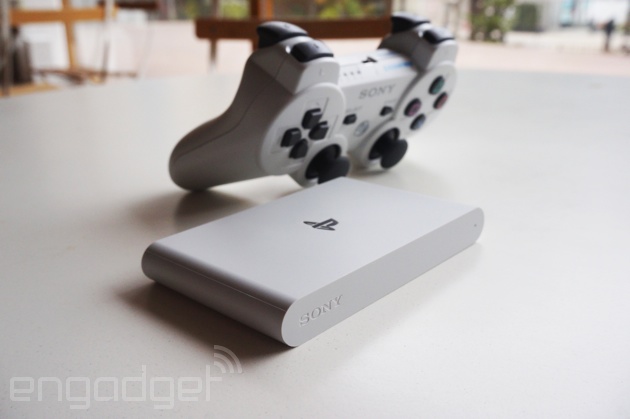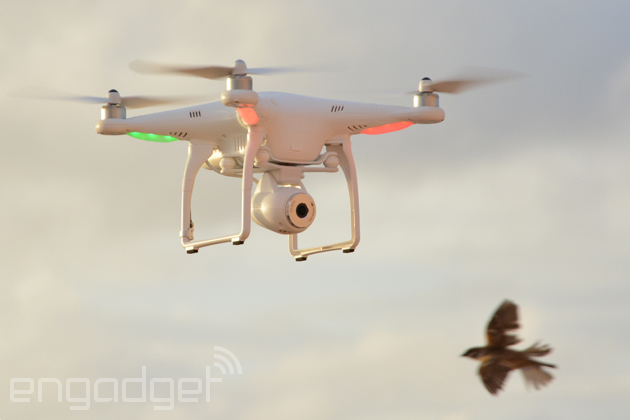Sony had a tiny surprise to share just ahead of the Tokyo Games Show: the PS Vita TV, appearing from inside SCE President Andrew House's jacket pocket. Having already announced a new, slender PS Vita handheld less than an hour earlier, Sony showed off this minute console -- roughly the same footprint as a smartphone -- that plays Vita games, PlayStation games and streams video content, as well as music and video from Sony's own store. It can also connect with multiple PS3 DualShock controllers, allowing for proper, responsive gaming -- something we're not quite used to getting from something so tiny.
You could see it as a brutal counterstrike from the PlayStation team against the cheap, mini-console likes of OUYA and GameStick, even Huawei. Aside from contemporary Vita titles and indie games, you can also tap into an ever-increasing catalog of hits from yesteryear -- something that the Android and iOS platforms also dip their feet into, but with the peace of mind (read: stability) of PlayStation hardware, and the ability to steer the action with a DualShock controller. Sound like something you'd like to try out? Well, unfortunately, unlike the new PS Vita, this is currently a Japan-only deal. What's more, availability in Nihon is directly tied to compatibility there, too; you'll need a Japanese PSN account to even use it. We're still getting a vague line from SCE on whether it will eventually arrive outside of Japan. (It would be a convenient bit of hardware to sell alongside Sony'sPlayStation Now streaming-game service, set to launch in the US later this year, right?)
So, is this just a tenuous experiment or a whole new console line for PlayStation? Or, given that it's practically got all the same internals, would you be better off just buying a Vita?















